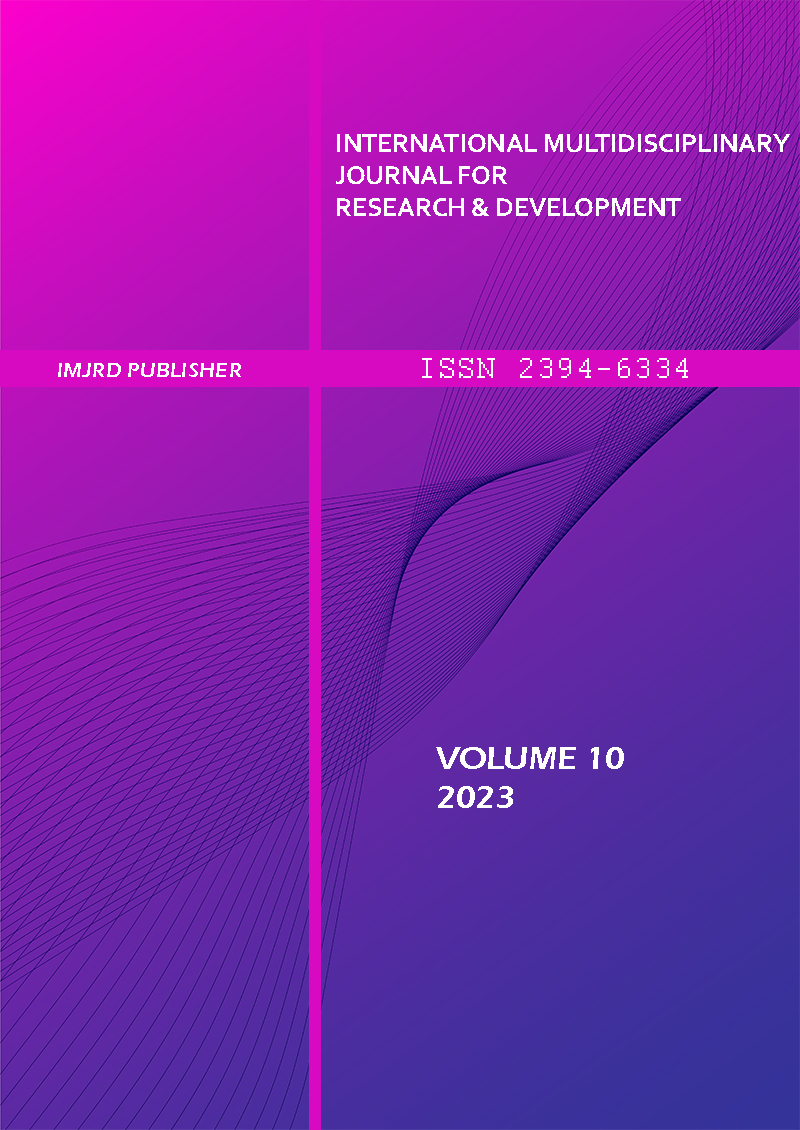BALI'S SHIFT FROM THE MASATIA RELIGION TO THE HINDU RELIGION

Abstract
Using religious and cultural approaches and qualitative research, the study of Bali's masatia tradition's conversion to Hinduism was a study of religion and culture. The study focused more on the history, process, and impact of the masatia traditional transformation in the Bali pitra yadnya ceremony. The phenomena brought up and discussed resulted in a change in the kingdom's customary law, its effect on society, and the responses of the Dutch colonial government, particularly in Bali. The masatia change was happened in Bali for the 1908-2014 period because of the progress of the pilgrim rule which for this situation was Dutch colonialist. From 1597 to 1843, the masatia practice existed, and it was officially ended in 1908. The Dutch written agreement with the king of Bali outlawed the masatia practice in Bali. Despite its prohibition, masatia was only practiced secretly by a government until the 1920s. Each castle in Bali undergoes a gradual transformation of the masatia tradition. Since 1849, the Buleleng castles have marked the end of masatia. The kingdoms of Jembrana, Badung, Tabanan, Bangli, Karangasem, Gianyar, and Klungkung followed. The transition process took place during the process of substituting masatia for the fire. However, in the end, masatia rambut was substituted for the king's approval as a replacement. Due to the Hindu community in particular in Bali, where the hair was regarded as the most sacred, the masatia rambut was utilized as a substitute. The crown of hair that covered the head and served as its focal point. The term tatwa, deeds, ceremonies, and upakara (offering tools) were all part of the masatia transformation.
Keywords
Bali, faith of the Hindus, Kingdom, Masatia culture, Transformation
References
- • Ardana, I. G. G. (1982). Sejarah Perkembangan Hinduisme di Bali. View in (Google Scholar)
- • Ardika, I. W., Parimartha, I. G., & Wirawan, A. A. B. (2013). Sejarah Bali: dari prasejarah hingga modern. Udayana University Press.
- View in (Google Scholar)
- • Arniati, I. A. K. (2018). Young Hindu generation behavior in Denpasar city. International Journal of Linguistics, Literature and Culture (IJLLC), 4(4), 76-85.
- View in (Google Scholar)
- • Babad Bali - Bhuwana Winasa. (1840). Gaguritan Buwana Winasa: 16a-16b View in (Google Scholar)
- • Bhaktivedanta, A. C., & Prabhupada, S. (1972). Bhagavad-Gita as it is. Bhaktivedanta Book Trust. View in (Google Scholar)
- • Covarrubias, M. (2015). Island of Bali. Tuttle Publishing. View in (Google Scholar)
- • Creese, G., & Wiebe, B. (2012). ‘Survival employment’: Gender and deskilling among African immigrants in Canada. International Migration, 50(5), 56-76.
- View in (Google Scholar)
- • Delgado Wise, R., Márquez Covarrubias, H., & Puentes, R. (2013). Reframing the debate on migration, development and human rights. Population, space and place, 19(4), 430-443.
- View in (Google Scholar)
- • Echols, A. (1984). The taming of the id: Feminist sexual politics, 1968-83. Pleasure and danger: Exploring female sexuality, 50-72.
- View in (Google Scholar)
- • Foucault, M. (1977). Discipline and Punish, trans. Alan Sheridan (New York: Vintage, 1979), 191. View in (Google Scholar)
- • Foucault, M. (1980). Power/knowledge: Selected interviews and other writings, 1972-1977. Pantheon. View in (Google Scholar)
- • Foucault, M. (1982). The subject and power. Critical inquiry, 8(4), 777-795. View in (Google Scholar)
- • Foucault, M. (1984). Space, knowledge and power. The foucault reader, 239(256). View in (Google Scholar)
- • Foucault, M., & Deleuze, G. (1977). Intellectuals and power. Language, counter-memory, practice, 205-217. View in (Google Scholar)
- • Geertz, C. (2000). Deep play: Notes on the Balinese cockfight. In Culture and Politics (pp. 175-201). Palgrave Macmillan, New York.
- View in (Google Scholar)
- • Gottschalk, L., & Notosusanto, N. (1975). Mengerti Sejarah: Pengantar Metode Sejarah. Yayasan Penerbit Universitas Indonesia, Jakarta.
- • View in (Google Scholar)
- • Hendra, S. (2015). Eksplorasi Gending dalam Gamelan Nawa Swara. Kalangwan, 1(2). View in (Google Scholar)
- • Indiani, N. M., & Suda, I. K. (2018). Interpret Ogoh-ogoh towards Hindu Contemporary Society. International Research Journal of Management, IT and Social Sciences (IRJMIS), 5(1), 65-71.
- View in (Google Scholar)
- • Kadjeng, I. N. dkk. 1997. Sarasamuscaya. Surabaya: Paramita. View in (Google Scholar)
- • KBBI, T. P. (2005). Kamus Besar Bahasa Indonesia. Jakarta: Balai Pustaka. View in (Google Scholar)
- • Koentjaraningrat. (1987). The Javanese of south central Java. Wenner-Gren Foundation for Anthropological Research, Incorporated.
- View in (Google Scholar)
- • Korn, B. W. (1969). The Early Jews of New Orleans. American Jewish Historical Society. View in (Google Scholar)
- • Kusuma, I. W., Arung, E. T., Rosamah, E., Purwatiningsih, S., Kuspradini, H., Astuti, J., ... & Shimizu, K. (2010). Antidermatophyte and antimelanogenesis compound from Eleutherine americana grown in Indonesia. Journal of natural medicines, 64(2), 223-226.
- View in (Google Scholar)
- • Martono, N. (2014). Sosiologi Pendidikan Michel Foucault: Pengetahuan, Kekuasaan, Disiplin, Hukuman dan Seksualitas. Jakarta: Rajawali Pers.
- View in (Google Scholar)